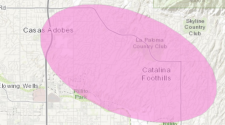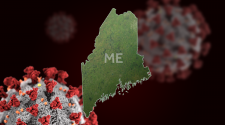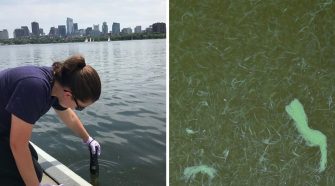Volunteers with P.E.I. Ground Search and Rescue are testing new mapping technology they expect will make it easier to locate missing people.
The technology being tested Saturday at P.E.I. National Park in Cavendish includes a series of apps that make it easier and more efficient to co-ordinate searches, said George Williams, president of P.E.I. Ground Search and Rescue.
“Whether it’s a child, or someone who is a bicyclist or a hunter, for example, they have different histories on which typically happens with a person who goes lost or missing in those various different categories, so this computer technology allows us to predict a little more easily where we can expect to locate these folks.”
He said planners at the command post can mark on an electronic map where they want searchers to focus. Searchers can access the map and location through their smartphones.
Volunteer-based organization
“Our searchers can tap on that icon on our map and they can follow that route and conduct their search as they have been asked to do.”
P.E.I. Ground Search and Rescue is a volunteer-based, non-profit, charitable organization which, when called upon, assists law enforcement and other first responders to find people who have gone missing. Most recently, they helped in the search of two teenagers who died when their boat capsized in western P.E.I. last month.
You can’t just show up for a search and throw people in the woods, you have to do it methodically.— Geroge Williams
“For the search up west it would make our job in the command post a little bit easier and it would make for more efficient communications with our searchers, but no way would we say the search in West Prince was not as effective because we didn’t have this technology.”
The group’s primary focus is on land, Williams said, and the new technology will speed up the planning process when co-ordinating the search effort.
“You can’t just show up for a search and throw people in the woods, you have to do it methodically, with a proper thought process. Otherwise you’re going to contaminate the location.”
Searching for clues
He said searchers will often first look for clues, such as footprints. Pictures of those clues can be uploaded to the mapping site for the command post and other search crews to see.
“If we don’t contaminate the site, we have a better chance of finding those clues, which will then eventually lead us to finding the subject.”
More from CBC P.E.I.
















